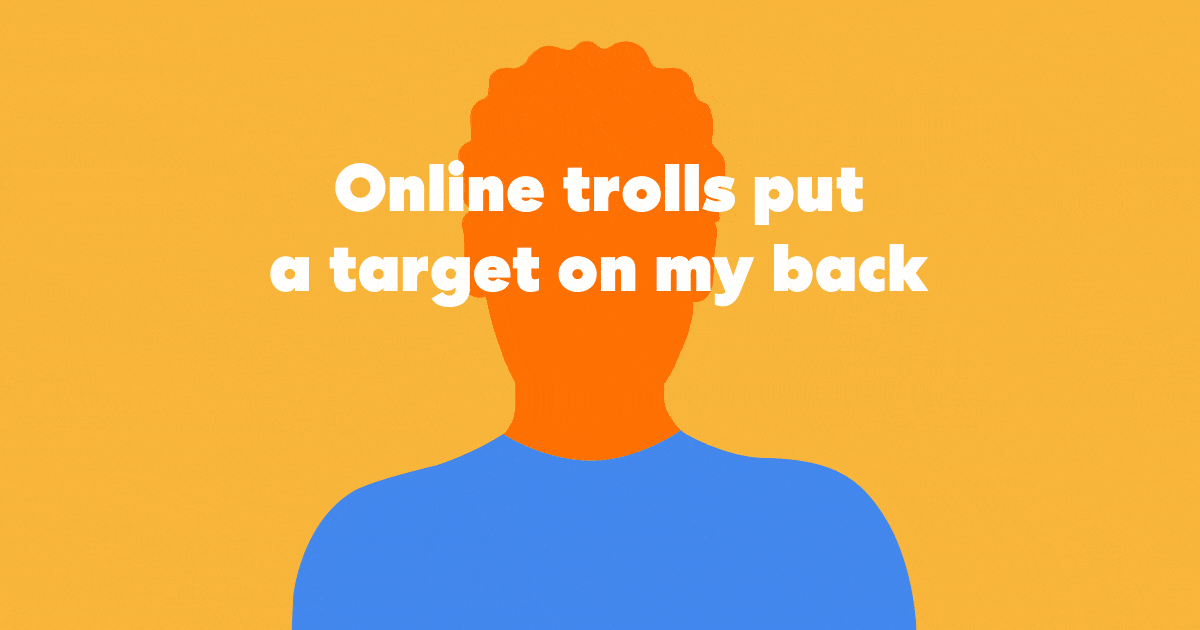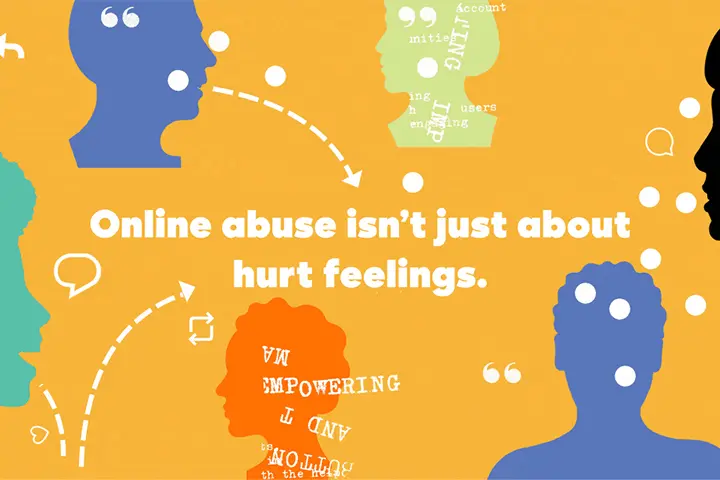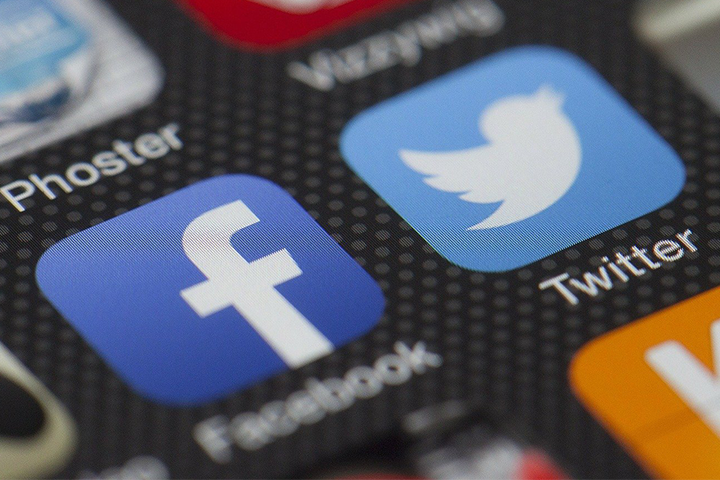Recent physical attacks on student reporters covering campus protests highlighted an uncomfortable truth: Journalist safety is declining in the United States.
The U.S. slipped 10 places in the recent World Press Freedom Index to number 55, in part due to “a troubling pattern of harassment, intimidation, and assault on journalists in the field.” Journalists across the country have reported threats from hostile politicians, aggressive law enforcement, or even contentious school board meetings.
To help journalists navigate the changing landscape, PEN America, the Committee to Protect Journalists, and the International Women’s Media Foundation launched U.S. Election Safety Summer, a free webinar series that aims to empower journalists covering the U.S. elections with concrete strategies to protect themselves and one another.
The series kicked off with a webinar about physical safety, featuring PEN America’s Jeje Mohamed and the IWMF’s Nadine Hoffman and Jen Byers. The session was recorded and is free to the public.
If you’re a journalist, covering elections in the field without thinking about your safety is a bit like going rock climbing without a harness, ropes, or training.
Following are some tips from the webinar:
Before You Go
Think about your vulnerabilities and security needs.
If you are going to a protest, for example, you might think about how to respond to tear gas, being pepper sprayed, or crushed in a crowd. Scouting a location in person or via Google Earth or other digital tools can help identify vantage points and exit routes, as well as the best nearby hospitals and meeting points to reconnect with your team and rest or file your material
Identifying risk also means knowing that some colleagues might be more vulnerable in certain situations or locations and looking out for each other. Consider how everyone’s identity might intersect with the people you would interact with when reporting a story. Risks can include legal issues (such as arrest), financial issues (such as the cost of replacing damaged equipment), digital issues (such as online abuse), and psychological strain (such as secondary trauma and burnout).
Come up with a plan for your unique circumstances.
Weighing the risks can help you better plan how to mitigate them. Byers said that when attending a protest, for example, while they keep a bulletproof vest and gun wound kit in the car just in case, the far more likely threat is losing cell phone power, so they can’t forget portable chargers.
Prepare a reporting kit.
Reporters should have: key contact information (like your editor, lawyer, or safety person); a press pass and government identification; appropriate clothing and footwear; communications and tracking devices; a first aid kit and PPE; work-related equipment; a copy of emergency contacts and medical information; cash and credit cards. Don’t forget nourishing snacks and water!
On Assignment
Be aware of the situation.
All of your pre-planning should serve you. But if something feels wrong, trust your gut. Unexpected things can still happen. Having pre-established channels for dialogue with colleagues will help you respond in real time and know if one reporter is particularly at risk in a changing situation.
After
Debrief with your team.
Debriefing not only allows reporters to talk through a story, it helps them process the event and reduces the danger of psychological trauma, and can enable rest, recovery, and replenishment. Ask, “What went well? What didn’t go as planned? How can we be better prepared next time?”
Rest and recover.
Take care of your physical and psychological well being. Create a self-care plan if the assignment has been especially exhausting. After the debrief, ask what you can do to take care of yourself and each other, whether it’s playing music, having a great meal, or playing with your dog. Leaning on our communities is essential to decreasing the likelihood of isolation.
U.S. Election Safety Summer is a series of six free 90-minute webinars providing safety tools for journalists covering the U.S. election and election-related events organized by the Committee to Protect Journalists, the International Women’s Media Foundation, and PEN America. Watch recordings and sign up for live sessions here.







